Prologue
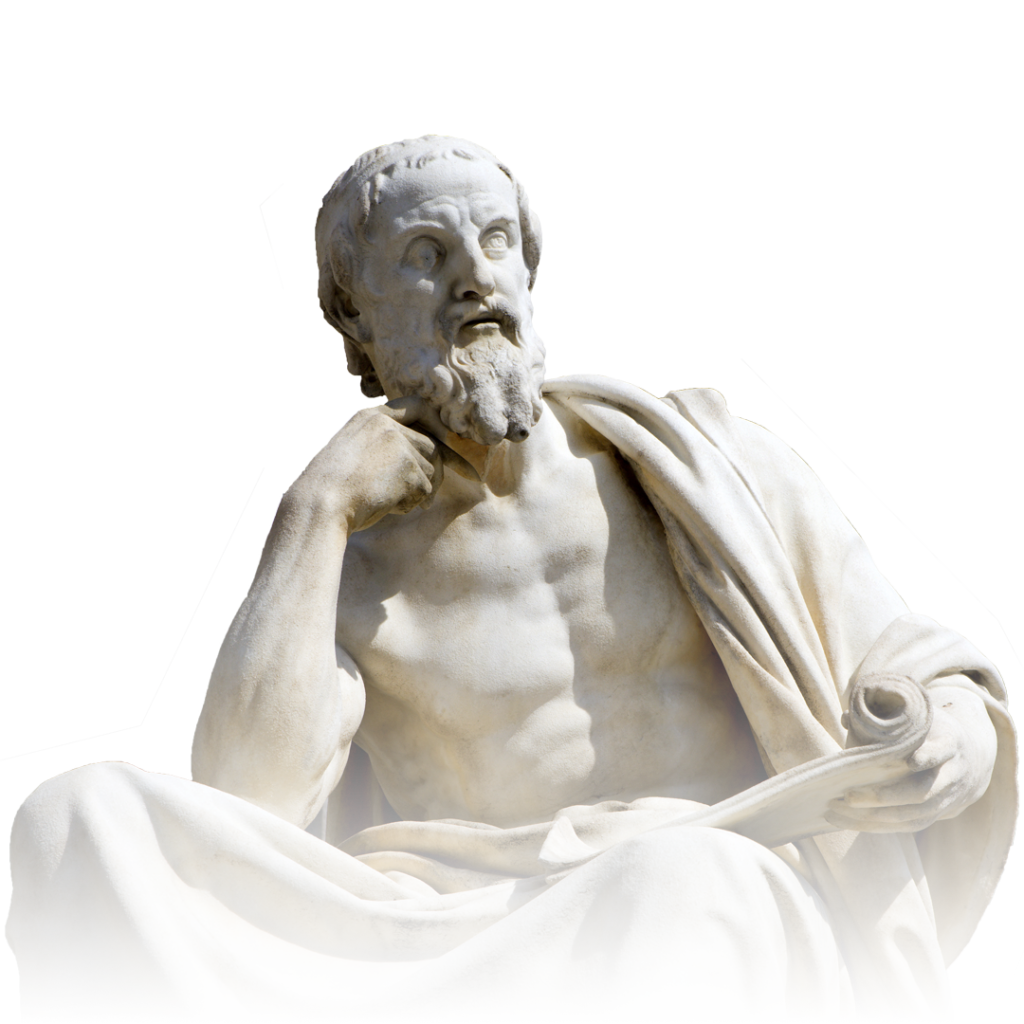
Miracles aren’t things of the past. They are real. Ancient historians like Josephus, Tacitus1, Suetonius2, Herodotus, and Philostratus3 recorded ‘alleged’ miracles4. Today, there are many miracle claims as well. The New Testament isn’t different, isn’t it? Should we dismiss every book of history because they can sound supernatural? So how can we know if Jesus’ miracles could be authentic?
- miracles don’t happen
- Gospels are unreliable
- only a metaphor or symbol
- we can’t verify
- legends that developed
- can’t know what happened
- Apollonius of Tyana was similar
- other accounts have miracles too
- same with other historians
- reported by eyewitness
- multiple attestations
- enemy attestation
- embarrassing material
- modest descriptions
- early dating of the claims
- dissimilarity
- importance in the narrative
- the high number of occurring cases
- replication in modern time
Early sources
The Roman Empire
Historian deals with probabilities, not 100% certainty5.
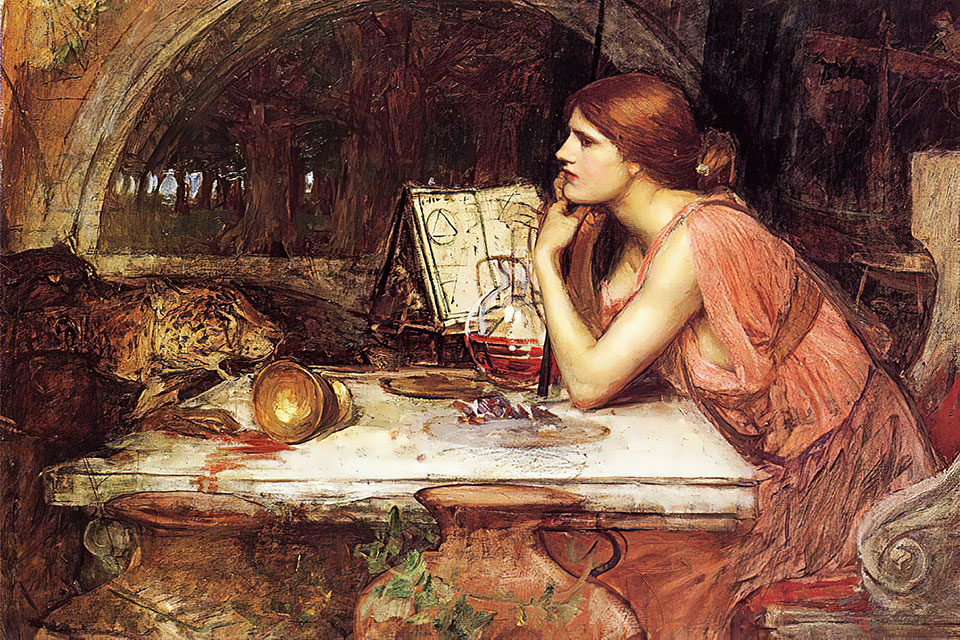
Contrary to ancient magic (performed secretly & in private), the 40+ miracles of Jesus have been seen publicly in large crowds, at different times & locations, including skeptics. Many more weren’t even recorded8. Mark, Luke, and Paul weren’t direct followers of Jesus: it’s fair to conclude that their stories aren’t inventions of their imagination, but reports coming from early oral traditions, which has been seen by many eyewitness9. As Marcus Borg (Jesus Seminar) said, it is virtually indisputable that Jesus was a healer and exorcist10.
Skepticism
Just because you live in late antiquity doesn’t necessarily make you naive person. People could have the same IQ as today, they just didn’t have the same resources.
A small portion of Greco-Roman authors prefer a natural explanation over the supernatural11.
Ovid, Hermippus, Philostratus, Polybius, Herodotus, Livy, Diodorus Siculus, Plutarch
Even faithful Jews were skeptical of miracles:
Yet, when we look at the New Testament, all five Gospel traditions unanimously contain miracles attributed to Jesus (all date before 70 AD)19.
Not only that, but the earliest ones dates within 5 years after the crucifixion.
It’s very early
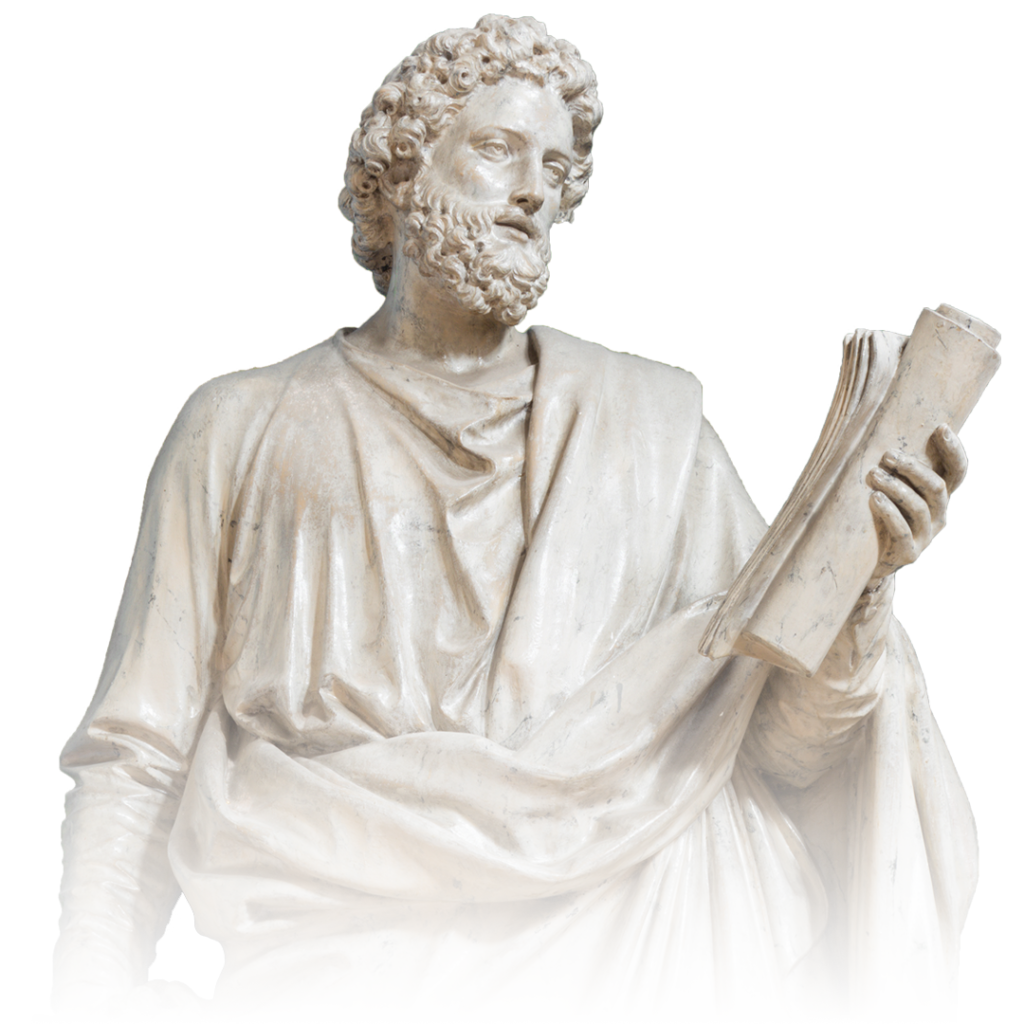
Without the passion narrative, the rest of Mark is filled with 47% of miracle31.
Myths evolve with time: you start with nothing, and you add more as it goes on. But that’s not the case with the Gospels. In chronological order, Mark is regarded today as the 1st Gospel, and 40% of his narrative involves miracles34. John is the last Gospel, and it has the least of them (7). If it were a made-up story, we would expect the opposite to happen.
Thus, within 40-60 years after the death of Jesus, all his miracles have already been recorded on paper in multiple independent sources. For Muhammad, the first ones only start to appear 75 years after his death. Many Islamic scholars regarded those sources as untrustworthy41. For Apollonius of Tyana, it’s 130 years later.
In the 1st century AD, there is no evidence of anybody ever denying that Jesus was a miracle worker. In fact, even non-Christian texts agrees on the same thing (they just disagree on the source of that power).
Enemy attestations
Written sources
Celsus
(177 AD)
“He returned home highly elated at possessing these powers, and on the strength of them gave himself out to be a god.”44
The ‘amazing deeds‘ of Josephus is the same way that he describes the miracles of the prophet Elisha. That passage is also authentic, according to the Jewish historian Geza Vermes (Oxford)46.
Eyewitness
If these miraculous stories are true, why don’t we have more people writing about it? The two biggest problems are that it was an oral culture, and the vast majority of ancient texts didn’t survive until today.
According to Peter Williamson (biblical scholar), there were only eight published authors from the 1st century in the region of Palestine at that time. Six of the eight are Christians (Matthew, Mark, John, James, Jude & Peter). The two others are Josephus & Justus of Tiberias (his works have been lost)47. Josephus was born in 37 AD, years after Jesus’ death, so he couldn’t be an eyewitness. What we have left are only Christian sources.
Jesus didn’t go outside of Palestine during his ministry, so it’s normal that the only people who witness his miracles stays around that region.
As Craig Blomberg stated, if we miss more non-Christian sources, it’s probably because they already converted to Christianity, given the miracles48. Two examples would be Paul & James (they could have been two Jewish sources).
Archeology
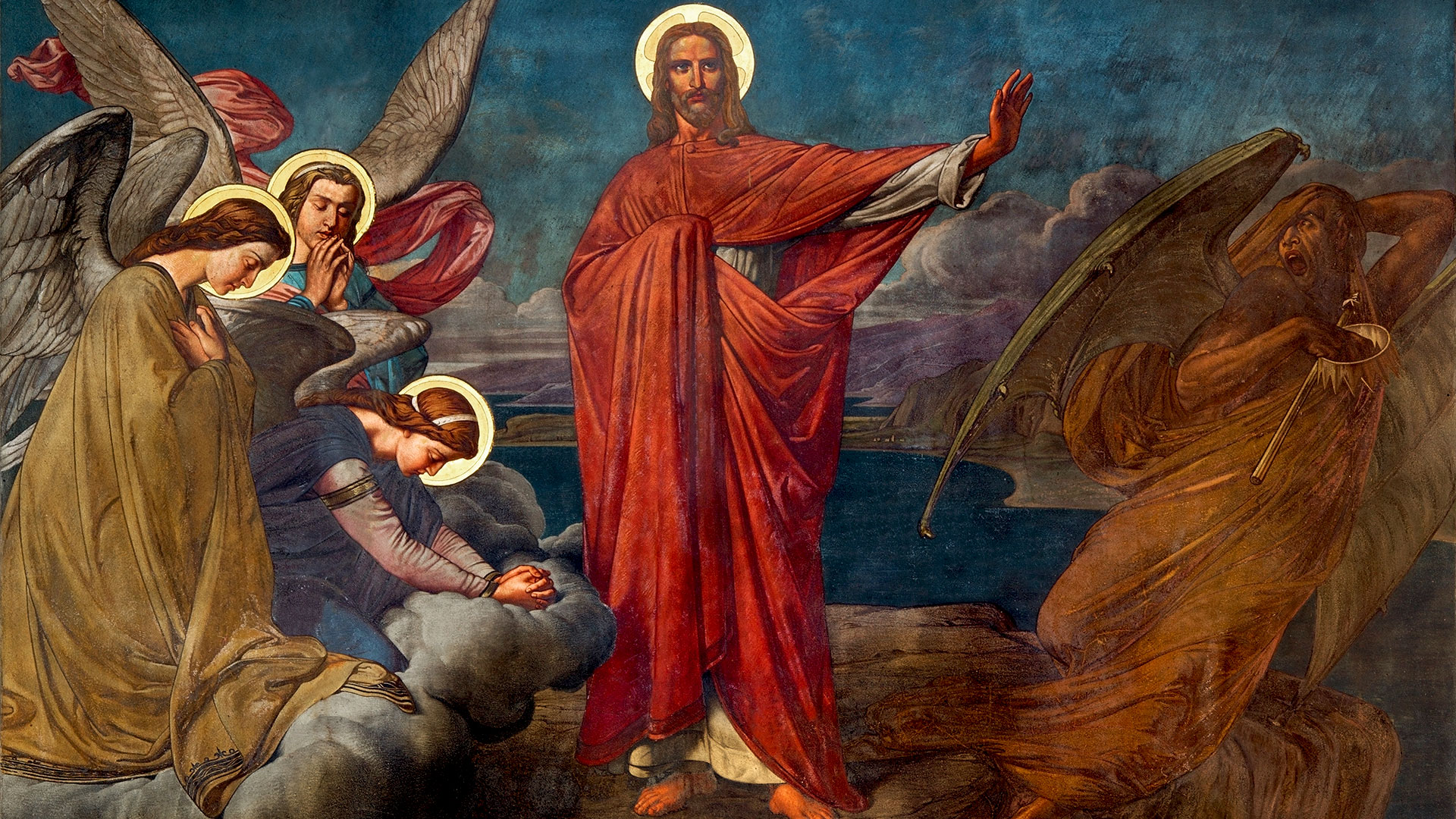
Jewish and pagan exorcists or magicians rely on incantations, magical papyri, or other things to drive out demons and evil spirits. The name of Jesus was so powerful in the 1st century AD.
Incantation bowl
…
‘The magician through Christ’.
The bowl itself is old, but the inscription is from the 1st century AD.
Egyptian papyri
PGM IV.3007–3086 (lines 19–20):
‘I adjure you by the god of the Hebrews, Jesus’
It’s from the 1st century AD, sometime that pre-date 70 AD.
Early Church history
Jesus had such a large crowd of followers because He was preaching the coming of the Kingdom of God, and demonstrate it with signs. The Pharisees and Herodians couldn’t kill Jesus because of his huge following, otherwise, there will be such a chaotic revolt (the Romans would probably play a role in it too). That is why, the people shifted the burden to Rome (Pontius Pilate) as the main responsible for Jesus’ execution. The resurrection just seal the deal about his Messianic claims.
To be closer to the Kingdom of Heaven means that all pain & suffering will be eradicated49. Sickness will be no more. Darkness will no longer have control. Jesus gave a glimpse of it through his healings & exorcisms.
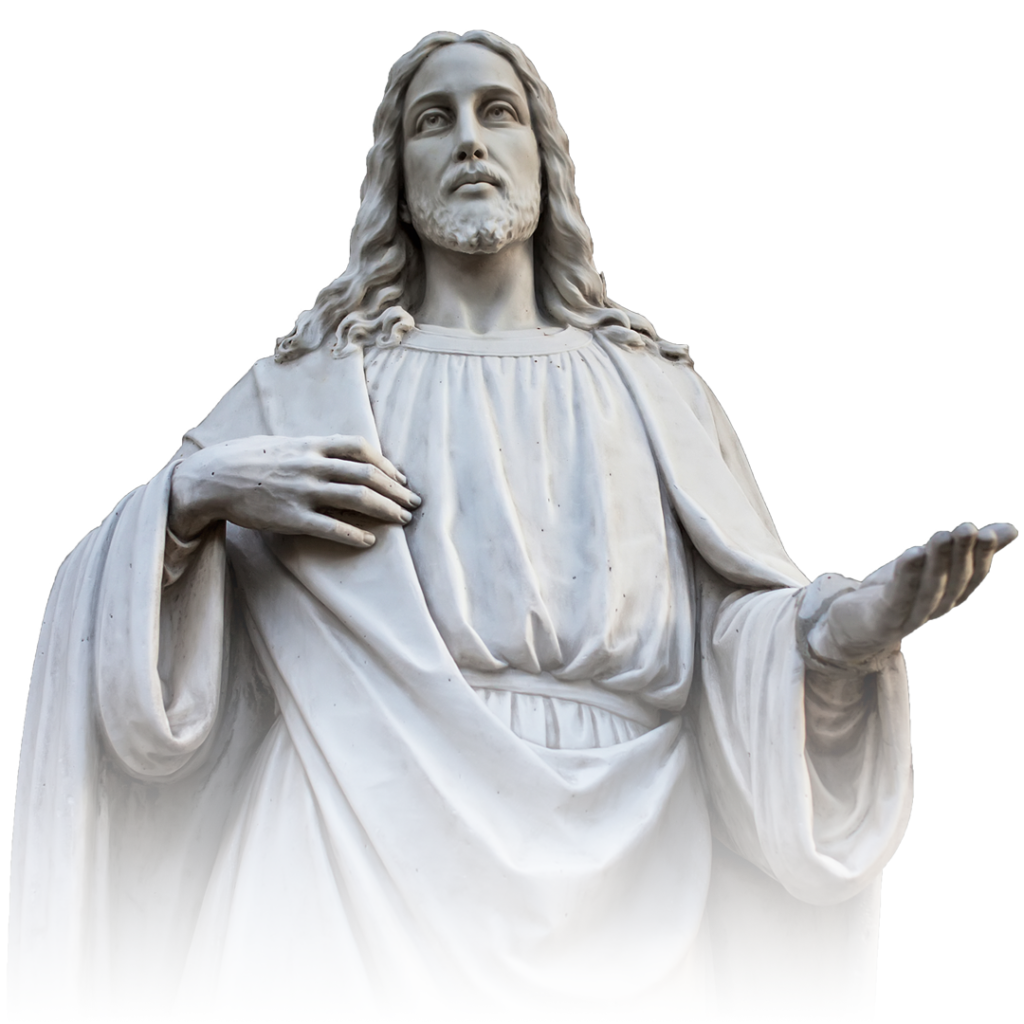
Giving the amount of space available, the Gospel authors decided to recorded miracles much more than any ancient biographers did54. Jesus’ teachings was so counter-cultural and difficult to digest, that it would be nearly impossible to convince people that He is the Messiah & God manifested in the flesh without the miracles.
Early Christianity overgrew extremely fast, around 40% per decade55
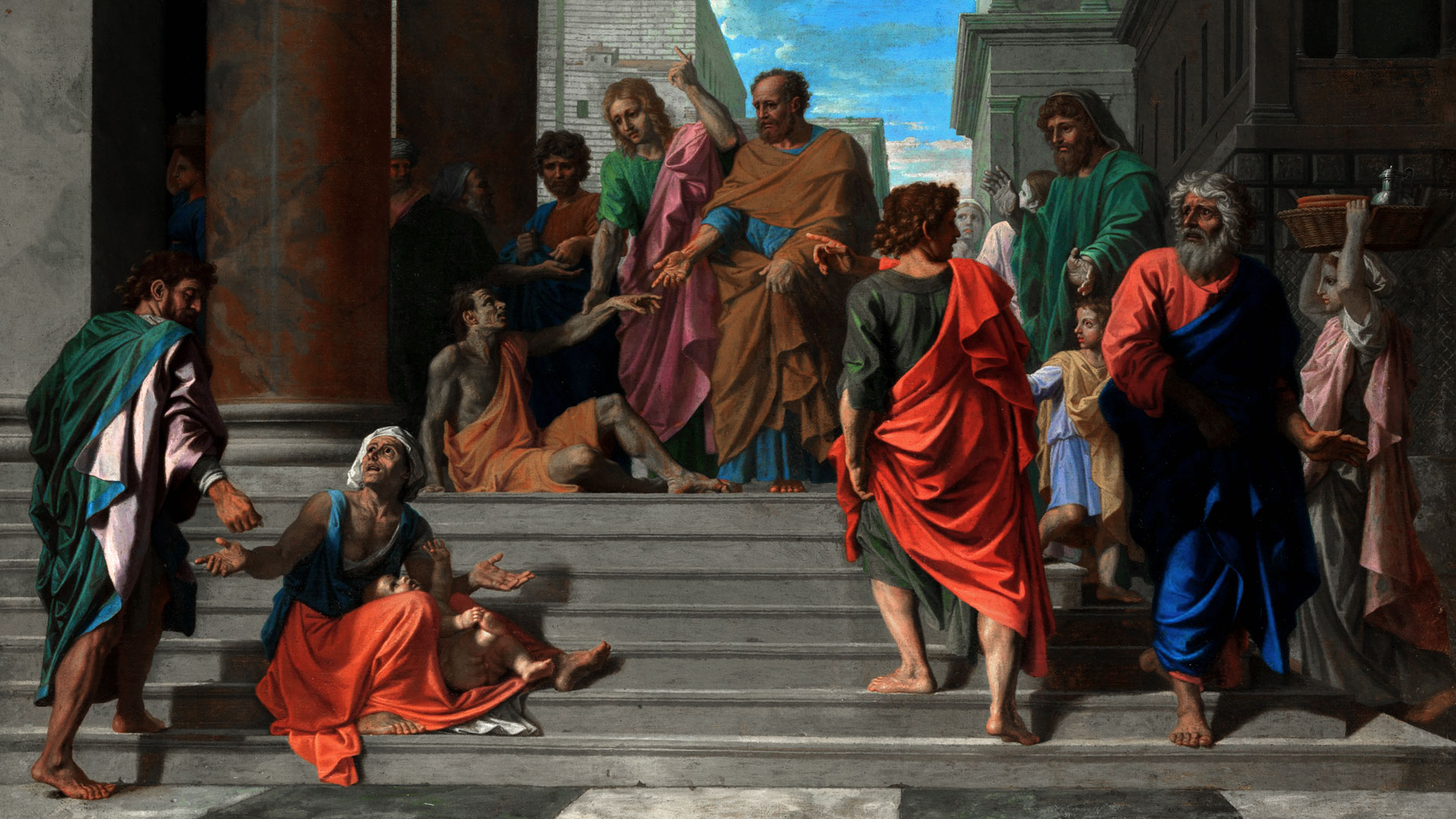
- 1,000 by 40 AD
- 7,000 to 10,000 by 100 AD
- 200,000+ by 200 AD
- 5 to 6 million by 300 AD
- 36 million by 350 AD (56% of the Roman empire)
Of course, miracles weren’t the only factor of conversions56:
- Church teachings on marriage
- need for hope after death during a time of crisis
- appeal to women in a pagan world
- witness of Saints & martyrs
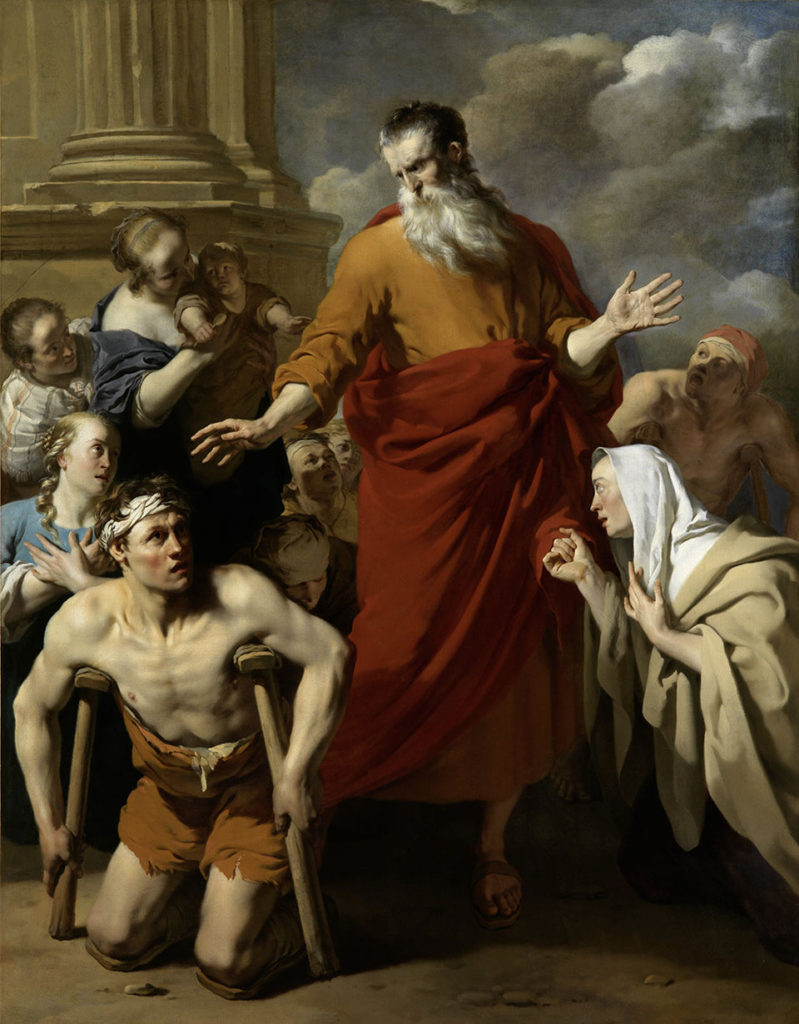
- Paul, Peter and other disciples did miracles, healing & exorcism
- Origen
- Athanasius: invited skeptics to witness exorcisms59
- Cyprian: some Christians were cured by baptism60
- Tertullian: pagans cured by exorcism and thankful for Christians
- Irenaeus: list out miracles that converted pagans, used miracles to apologetically defend orthodoxy
- Basil
- Gregory of Nazianzus
- Gregory of Nyssa
- John Chrysostom
- desert monks
They also still continue to be manifested today.
“That is why, as a historian, I cannot explain the rise of early Christianity unless Jesus rose again leaving an empty tomb behind him.”61
N.T. Wright
Not only was it a primary concern in the early Church for conversions, but God also continues to allow miracles to happen today as well. The two most well-known are charismatic healing & exorcisms (read more below).
Criteria of embarassement

The Gospel miracles aren’t always portrayed as successful. They also describe Jesus performing them in a modest & sober way. Jesus asked people to keep quiet62about them and refuse many times to demonstrate his power: it’s not the type of material that will convince people to believe in Jesus. It makes it unlikely to be a forgery.
the struggle
- miracles won’t convince everyone
(Lk 16:31) - his disciples failed to perform an exorcism
(Mk 9:18-28) - Jesus seems to have a hard time doing exorcism
(Mk 5:8) - Jesus is believed by people to be possessed by Beelzebub
(Mk 3:22, 30)
Jesus’ silence
- in the presence of Herod
(Lk 23:8-12) - in the presence of Pharisee
(Mk 8:11-12) - in the presence of Satan
(Mt 4:5-7, Lk 4:3-4) - Pharisees & scribes about Jonah
(Mt 12:38-42) - Jesus did not saved Himself on the cross
(Mk 15:31-32) - Jesus did not perform a lot of miracles in Nazareth
(Mk 6:1-6)

Exorcism against Beelzebub63
Moreover, that passage is very early & multiply attested, since it was preserved in the source behind Mark & Q.
Jesus is different from others
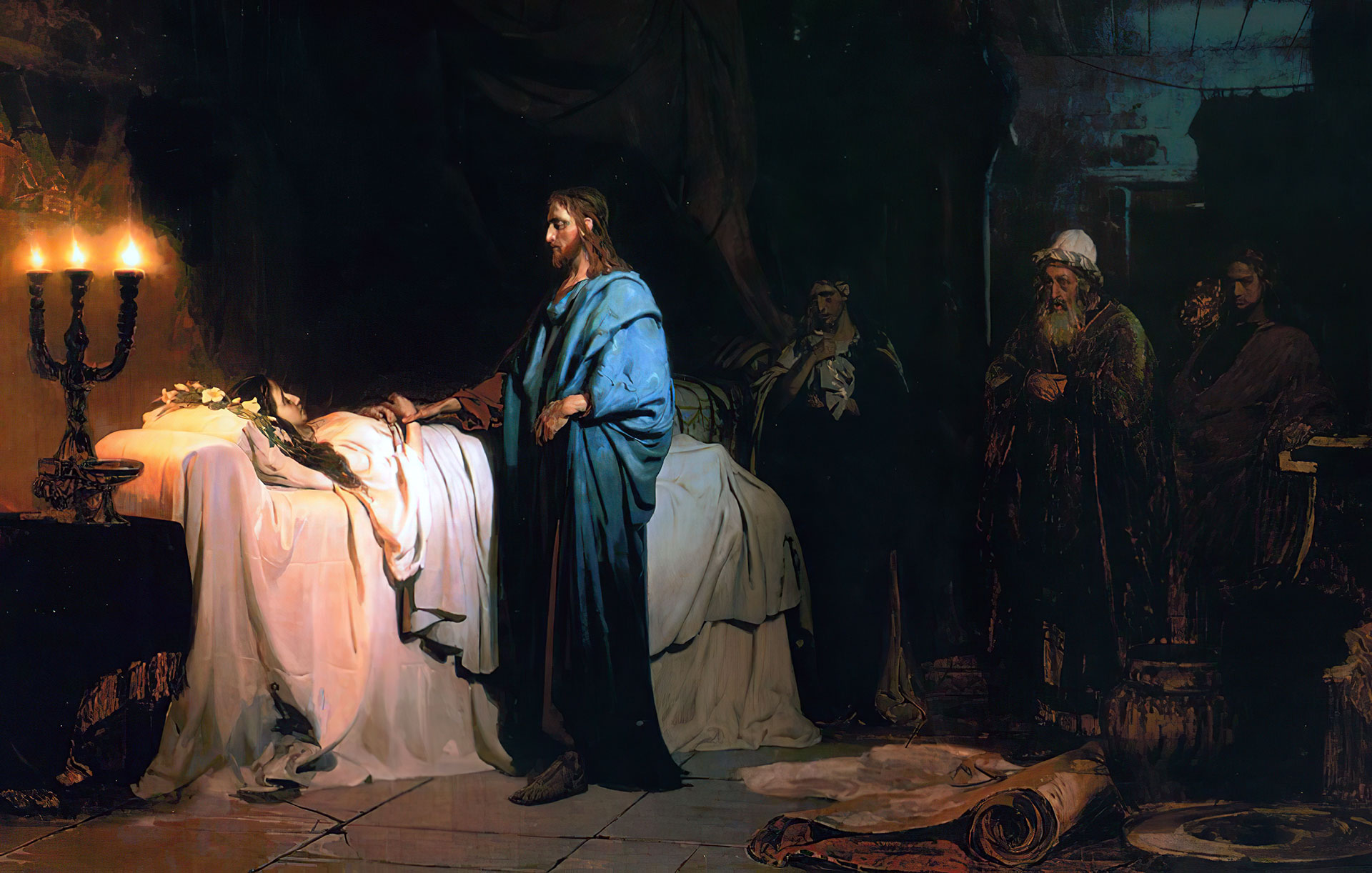
the Jewish world
Honi & Hanina
While Honi the Circle-drawer & Hanina ben Dosa are 2 Jewish wonder-workers of around the time of Jesus68, the Jews didn’t expected the Messiah to be a miracle-worker69. Moreover, their accounts has been altered with time, between the time that separate their death from their 1st record in rabbinic litterature70.
Praying to God by asking for rain while drawing a circle can be a coincidence. But what Jesus did is in a completely different category: instant healing (blindness, deafness & leprosy), multiplying fish & bread, raising people from dead, etc.
God in the flesh
The miracles of Jesus are paralleled with Elijah, Elisha and Moses, but at the same time, different from them. For example, the multiplication of food is very similar (1 Kgs 17), but on the other side, Elijah calls down fire (1 Kgs 18:37-38) while Jesus refused to do so (Lk 9:54-55).
Jews believed that God is the ultimate healer71 and ask help through prayers, using His name to drive out demons.
Many Jewish prophets performed miracles through the power of God.
Jesus didn’t need to pray. He was the embodiment of the God of Israel after all, He could do it by his own authority.
Just as God could spoke the universe to exist, Jesus’ words carry a lot of authority.
the Greco-Roman world

The Greco-Roman people asked for the intercession of their gods with magical formulas, paraphernalia, or prayers72. Today people pray to Jesus for various things.
Jesus is mostly compared with Apollonius (3-97 AD) & Asclepius (12th century BC) for their healing abilities.
In late antiquity, miracles weren’t an essential motif of a Greco-Roman “divine man”, but wisdom73.
Apollonius of Tyana
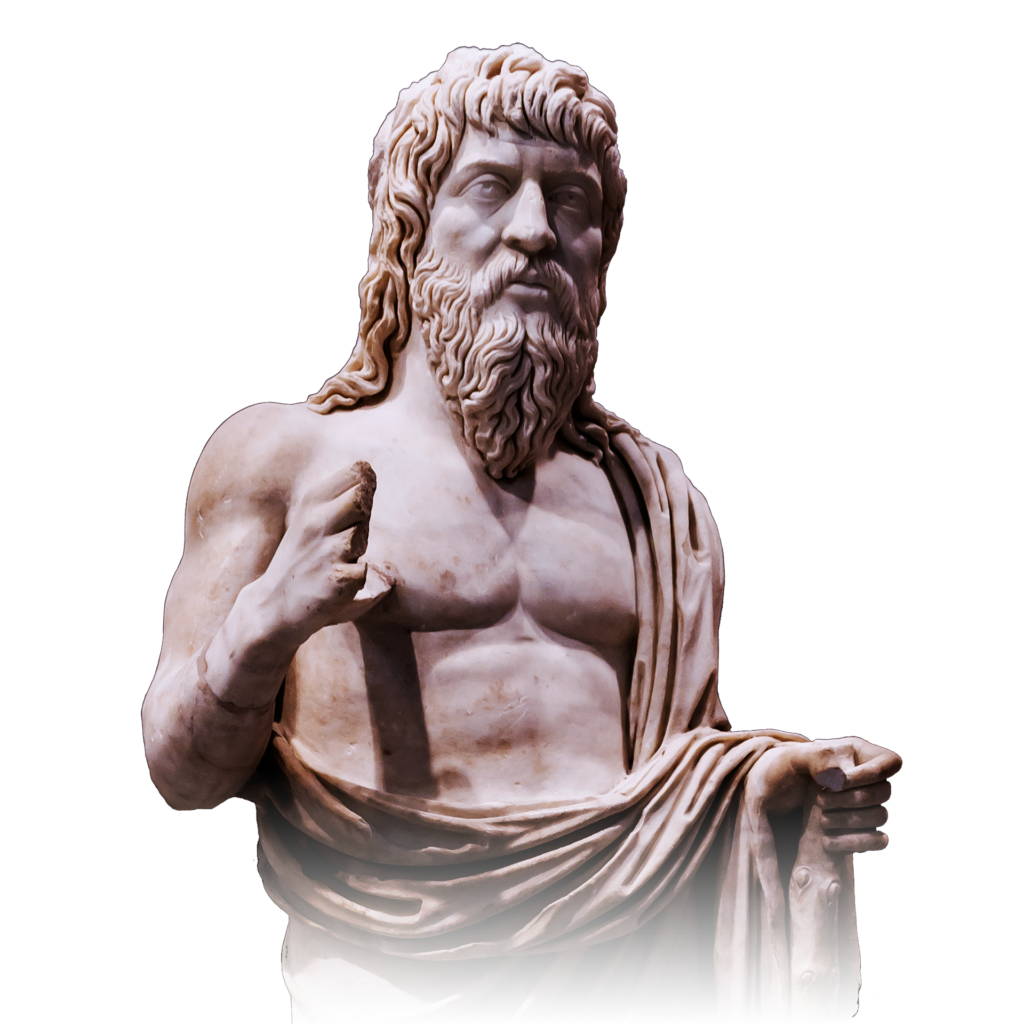
Apollonius was a Greek philosopher. He allegedly taught, gather disciples, perform miracles and/or magic, upon his death, he underwent heavenly assumption74. Similar to Jesus.
However, the biography of Apollonius is doubtful:
- we only have one source, written 130 years after his death
- Jesus has four sources, all within 60 years
- traditions about Jesus’ miracles exist in the 30s AD
- Philostratus was commissioned by an empress to build a temple to Apollonius75, so we can expect intentional embellishment to deify the man, perhaps to compete with Christianity76
- Jesus’ disciples died for what they recorded
- the primary sources of Philostratus are also not necessarily eyewitness
- divine birth & apotheosis was a common theme in Greco-Roman religion, but not in Judaism
- Philostratus wrote in the 3rd century in Cappadocia (Turkey) where Christianity was already present (he is more suspected for copying the story of Jesus than the opposite)
As Martin Hengel argues, many religions tried to compete with Christianity starting from the 2nd century AD and above77.
Asclepius
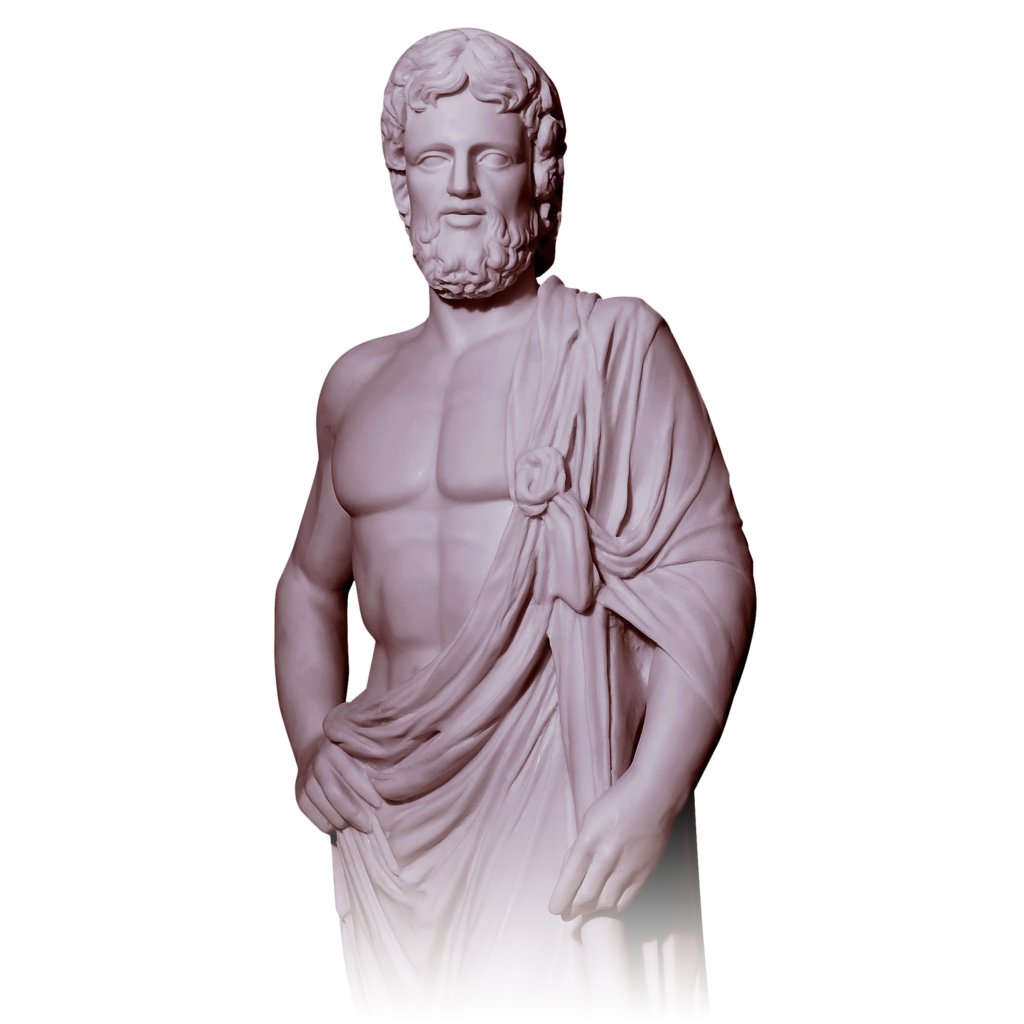
Asclepius, Serapis, Isis, Apollo were pagan deities who were attributed with healing.
According to Homer’s Iliad, Asclepius was a skilled physician living around the time of the Trojan War (his son Machaon was helping the wounded Menelaos). He could allegedly heal the sick and raise people from the dead. Zeus killed him with a thunderbolt, and was deified into a Greek god.
The Trojan War happened in the 12th century BC, and the Iliad was composed around the 8th century BC, that’s around 400 years removed.
Sick people had to do a ‘pilgrimage’ to a temple of Asclepius, spend the night dreaming about their gods, and could get cured the next morning. He had many locations in the Greco-Roman empire: Epidauros, Cos, Triccê, Pergamum, Corinth, Troezen, Athens, Ephesus, Dor, Cilicia, Crete, mostly where they is a healthy spring of water.
Both accounts are late embellishments. Instead of being a spiritual deity hearing people’s prayer in a temple, Jesus was a living traveling miracle-worker.
The difference is substantially good enough to conclude that Jesus wasn’t plagiarized from Asclepius. Moreover, Jews between the Maccabees revolt and the 70 AD era are completely intolerant toward religious syncretism.
Miracles in today’s world
While it is complicated to discern if Jesus’ natural miracles (ex: walking on water) were historical or only metaphors, his healing & exorcisms are as real as we can imagine. I must warn that not all miracles claim today are genuine despite the millions of claims. And not every miracle we wish to happen work out all the time. Only God decides when it happens.
Healing

Craig Keener list a few sample of conversions fueled by the healing prayers78
- 90% of the growth of the church in China
- most converts among the Kankanaey in northern Philippines
- a Baptist church in India grew from 6 members to 600 in 1 year
- 80% of convert in a Lutheran church in Ethiopia
- 86% of Brazilian Pentecostals had an experience
- in Argentina, healing is the primary tool of evangelization
What happen today happened the same way back then 2000 years ago.
Exorcism

Fr. Gabriele Amorth (former chief exorcist of the Vatican) lists 4 types of demonic events79
- possession
- vexation
- obsession
- infestation
As he stated, we should always seek for natural explanations first by consulting a medical/psychological expert80. When it goes beyond the limits of science, we can proceed to the next step where unusual things happen:
- vomiting of nails, glass or other objects
- herculean strength
- levitation
- disturbances on houses, objects and animals
- strange reactions in the presence of the sacred objects
- speaking in tongues + overturning of the eyes
Since the devil doesn’t want to manifest itself too often (people would all be at church if it happens), he prefers to stay relatively quiet so people don’t believe in its existence. That’s why the cases of possession are extremely rare. 90% of the case are curses & spells afflicted by another person.
Outside of those two, we also have other miracles in the Catholic Church: Eucharistic bleeding, incorruptible Saints, Marian apparitions, crying statues, biblical prophecies, near-death experiences, and Saints intercessions.
List of Jesus’ miracles
| Healing | Matthew | Mark | Luke | John |
| Leper | Mt 8:1-4 | Mk 1:40-45 | Lk 5:12-16 | |
| Centurion’s servant | Mt 8:5-13 | Lk 7:1-10 | ||
| Peter’s mother-in-law | Mt 8:14-15 | Mk 1:29-31 | Lk 4:38-39 | |
| Paralytic lowered from the roof | Mt 9:1-8 | Mk 2:1-12 | Lk 5:17-26 | |
| Bleeding woman | Mt 9:20-22 | Mk 5:25-34 | Lk 8:43-48 | |
| 2 blind men | Mt 9:27-31 | |||
| Man with mute spirit | Mt 9:32-34 | |||
| Man with withered hand | Mt 12:9-14 | Mk 3:1-6 | Lk 6:6-11 | |
| Blind and mute demoniac | Mt 12:22-37 | Mk 3:20-30 | Lk 11:14-23 | |
| Blind man in Bethsaida | Mk 8:22-26 | |||
| Blind men at Jericho | Mt 20:29-34 | Mk 10:46-52 | Lk 18:35-43 | |
| Deaf man & mute man | Mk 7:31-37 | |||
| Crippled woman on the sabbath | Lk 13:10-17 | |||
| Man with dropsy | Lk 14:1-6 | |||
| 10 lepers | Lk 17:11-19 | |||
| Malchuss’s ear | Lk 22:49-51 | |||
| Royal official’s son in Capernaum | Jn 4:46-54 | |||
| Paralytic at Bethesda | Jn 5:1-15 | |||
| Man blind from birth | Jn 9:1-7 |
| Exorcism | Matthew | Mark | Luke | John |
| Demoniac among the tombs | Mt 8:28-34 | Mk 5:1-20 | Lk 8:26-39 | |
| Demon from the Canaanite woman’s daughter | Mt 15:21-28 | Mk 7:24-30 | ||
| Demon from the boy | Mt 17:14-20 | Mk 9:14-29 | Lk 9:37-43 | |
| Demons from the man in the synagogue | Mk 1:21-28 | Lk 4:31-37 |
| Raising | Matthew | Mark | Luke | John |
| Jairus’s daughter | Mt 9:18-26 | Mk 5:21-43 | Lk 8:40-56 | |
| Son of the widow of Nain | Lk 7:11-17 | |||
| Lazarus | Jn 11:1-45 |
| Control over nature | Matthew | Mark | Luke | John |
| Calm the storm | Mt 8:23-27 | Mk 4:35-41 | Lk 8:22-25 | |
| Feeding of the 5,000 | Mt 14:13-21 | Mk 6:30-44 | Lk 9:10-17 | Jn 6:5-14 |
| Walking on water | Mt 14:22-33 | Mk 6:45-51 | Jn 6:16-24 | |
| Feeding of the 4,000 | Mt 15:32-39 | Mk 8:1-10 | ||
| Cursing of the fig tree | Mt 21:18-22 | Mk 11:12-25 | Lk 13:6-9 | |
| Full net of fish | Lk 5:1-11 | Jn 21:1-14 | ||
| Turn water into wine | Jn 2:1-11 | |||
| Coin in the fish’s mouth | Mt 17:24-27 |
| Predictions | Matthew | Mark | Luke | John |
| Destruction of the Temple of Jerusalem | … | |||
| Denial of Peter | ||||
| Death of Peter |
(quote here)
Recommended books
- Craig Keener – “Miracles: The Credibility of the New Testament Accounts”
- Craig Evans – “Fabricating Jesus: how modern scholars distort the Gospels”
- John P. Meier – “A Marginal Jew: Rethinking the Historical Jesus, Volume II: Mentor, Message, and Miracles”
- Wendy Cotter – “Christ of the Miracle Stories, The: Portrait through Encounter“
- Fr. Gabriele Amorth – “An Exorcist Explains the Demonic: The Antics of Satan and His Army of Fallen Angels”
- Karlo Broussard (Catholic Answers) – “20 Answers: Miracles”
- Histories, 4.81
- Vespasian, 7.3
- Life of Apollonius
- Trent Horn, “Hard Sayings: a Catholic approach to answering Bible difficulties”, (Catholic Answers Press, 2016), 86
- Gary R. Habermas & Michael R. Licona. “The Case for the Resurrection of Jesus”, (Kregel Publications, 2004), 31
- Craig S. Keener, “Miracles: the credibility of the New Testament accounts”, (Grand Rapids, MI: BakerAcademic, 2011), 37
- Pliny the Elder, “Natural History”, 28.4.17
- John 20:30
- Acts 10:38-39
- Marcus J. Borg, Jesus, A New Vision: Spirit, Culture, and The Life of Discipleship (San Francisco: Harper San Francisco, 1991), 61
- Craig S. Keener, “Miracles: the credibility of the New Testament accounts”, (Grand Rapids, MI: BakerAcademic, 2011), 88-96
- Natural History 28.5.29
- De Divinatione 2.28, 2.83
- Death of Peregrinus, 39-40
- Acts 23:8
- Mt 1:19, Lk 1:18
- Mt 28:17, Lk 24:11, 24:37, Jn 20:24-29
- Jn 12:37
- John P. Meier, “A Marginal Jew: Rethinking the Historical Jesus, Volume II: Mentor, Message, and Miracles”, (Yale University Press, 1994), 619
- William Lane Craig, “The Empty Tomb of Jesus”, in Gospel Perspective II, ed. R.T. France and David Wenham (Sheffield, JSOT Press, 1981), 190-191
- John P. Meier, “A Marginal Jew: Rethinking the historical Jesus”, (Yale University Press, 1991), 620
- Mt 14:28-31, 17:27
- Kim Paffenroth, “The Story of Jesus According to L” (Bloomsbury T&T Clark, 1997), 144
- Lk 5:1-11, 7:11-17, 8:2-3, 13:10-17, 14:1-6, 4:29-30
- J.P. Moreland, “Scaling the Secular City: a Defense of Christianity”, (Grand Rapids: Baker Book, 1987), 154
- Mt 8:5-13/Lk 7:1-10, Mt 11:2-6/Lk 7:18-23, Mt 9:32-34/Lk 11:14-23, Mt 12:43-45/Lk 11:24-26
- Robert W. Funk, “The Acts of Jesus: The Search for the Authentic Deeds of Jesus”, (San Francisco: HarperSanFrancisco, 1998), 16-18
- Jn 2:1-11, 4:46-54, 5:1-15, 6:5-14, 6:16-24, 9:1-7, 11:1-45
- William Lane Craig, “The Empty Tomb of Jesus”, in Gospel Perspective II, ed. R.T. France and David Wenham (Sheffield, JSOT Press, 1981), 190-191
- John P. Meier, “A Marginal Jew: Rethinking the historical Jesus”, (Yale University Press, 1991), 620
- Karl Kertelge, “Die Wunder Jesu”, 40
- Mk 5:41, Mk 7:34
- Bart D. Ehrman, “Did Jesus exist? the historical argument for Jesus of Nazareth”, (New York:HarperOne, 2012), 87
- Craig S. Keener, “Miracles: the credibility of the New Testament accounts”, (Baker Academic, 2011), 24
- Acts 3:6; 4:7, 10, 30, 16:18, 19:13, 17
- Acts 20:9-12; 28:8-9
- Acts 2:22, 10:38
- Bart D. Ehrman, “Did Jesus exist? the historical argument for Jesus of Nazareth”, (New York: HarperOne, 2012), 109
- D. Moody Smith, “Johannine Christianity: Essays on its settings, sources & theology”, (University of South California Press, 1989), 63
- Robert W. Funk, “The Acts of Jesus: The Search for the Authentic Deeds of Jesus”, (San Francisco: HarperSanFrancisco, 1998), 16-18
- Gary R. Habermas & Michael R. Licona, “The Case for the Resurrection of Jesus”, (Grand Rapids: Kregel Publications, 2004), 91
- Josephus, “Antiquities of the Jews, 18.3.3
- b. Sanhedrin 43a
- Celsus, “The True Word” (work lost, recorded by Origen, “Contra Celsum”)
- Work lost, recorded by Origen, “Contra Celsum”, 2.14
- Geza Vermes, “The Jesus notice of Josephus re-examined”, Journal of Jewish Studies 38.1 (Spring 1987): 1-10, and also “Jesus the Jew: a historian’s reading of the Gospels (Minneapolis: Fortress, 1981), 79
- Debate: “Is Jesus (Isa) a HOAX? David Skrbina v. Peter Williamson at Wayne State University (Oct 17, 2018)
- Craig Blomberg Q&A interview with ‘Whaddo You Meme??’ Youtube channel video (2018)
- Rev 21:4
- 1 Cor 15:12-19, Rom 10:9-10
- Craig Evans, “Fabricating Jesus: how modern scholars distort the Gospels”, (IVP Books, 2006), 141
- Gerd Theissen & Annette Merz, “The historical Jesus: a comprehensive guide”, (Minneapolis: Fortress, 1998), 281
- Raymon E. Brown, “An Introduction to New Testament Christology”, (New York: Paulist Press, 1994), 63
- Craig S. Keener, “Miracles: the credibility of the New Testament accounts”, (BakerAcademic, 2011), 36
- Rodney Stark, “The Rise of Christianity: How the Obscure, Marginal Jesus Movement Became the Dominant Religious Force in the Western World in a Few Centuries”, (Princeton: Princeton University Press, 1996), 7; and Keith Hopkins, “Christian Number and Its Implications,” Journal of Early Christian Studies 6 (1998), 185– 226
- Rodney Stark, “The Triumph of Christianity: How the Jesus Movement became the world’s largest religion”, (New York, NY: HarperOne, 2011)
- Ramsay MacMullen, “Christianizing the Roman Empire”, (Yale University Press, 1986), 40-41, 60-61
- Craig S. Keener,”Miracles: The Credibility of the New Testament Accounts”, (Grand Rapids: Baker Academic, 2011) 362-363
- “On the Incarnation”, 48.3
- “Epistles”, 69-75
- “The New Unimproved Jesus”, Christianity Today (Sept. 13, 1993), page 26
- Mk 1:44
- Mk 3:22-30, Mt 9:34, 10:25, 12:24, Lk 11:15
- 2 Kings 1:2-16
- Josh & Sean McDowell, “Evidence that demands a verdict: life-changing truth for a skeptical world”, (Nashville, TN: HarperCollins, 2017), 344
- Edwin Yamauchi, “Jesus, Zoroaster, Buddha, Socrates, Mohammad” (revised edition), (Downers Grove, 1972), 4-7, 18, 38, 41
- Gerd Theissen, “The Miracle Stories of the Early Christian Tradition”, (Fortress Press, 1983), 278
- Raymond E. Brown, “An introduction to New Testament Christology”, (Paulist Press, 1994), 63
- Craig S. Keener, “Miracles: the credibility of the New Testament accounts”, (Baker Academic, 2011), 27
- Raymond E. Brown, “Introduction to a New Testament Christology”, (Mahwah: Paulist Press, 1994), 63
- Ex 15:26, Ex 23:25, Deut 32:39, Ps 6:2, 2 Kings 20:5, Is 38:16, Jer 17:14, Jer 30:17, Jer 33:6, Wis 16:12
- Graham H. Twelftree, “Jesus the Exorcist”, Peabody: Hendrickson, 1991 & also “Jesus the Miracle Worker”, Downers Grove: InterVarsity Press, 1999
- Craig S. Keener, “Christobiography: Memory, History, and the Reliability of the Gospels”, (Grand Rapids, MI: Eerdmans, 2009), 332
- Bart D. Ehrman, “How Jesus became God: the exaltation of a Jewish preacher from Galilee”, (New Work: HarperOne, 2014), 11-12
- Lee Strobel, “The Case for Christ: a journalist personal investigation of the evidence for Jesus”, (ZONDERVAN, 1998-2016), 119
- Simon Swain, “Defending Hellenism: Philostratus, In Honour of Apollonius” in “Apologetics in the Second Century: Pagans, Jews, and Christians” ed. Mark Edwards, Martin Goodman, Simon Price, and Christopher Rowland, (Oxford University Press, 1999), 157-96
- Martin Hengel, “The Son of God: the origin of Christology and the history of Jewish Hellenistic religion” (translated by J. Bowden (Philadelphia: Fortress, 1976), 28
- Lee Strobel, “The Case for Miracles: a journalist investigates evidence for the supernatural”, (Zondervan, 2018), 114-115
- Fr. Gabriele Amorth, “An exorcist explains the demonic: the antics of Satan and his army of fallen angels”, (Sophia Institute Press, 2016), 63
- Fr. Gabriele Amorth, “An exorcist explains the demonic: the antics of Satan and his army of fallen angels”, (Sophia Institute Press, 2016), 84